Chase Purdy for Quartz:
The surprising truth about cake is that it’s astonishingly inefficient.
So are lollipops, pies, sticks of gum, and cookies, each an imperfect vehicle used to deliver the sweet sensation people crave. And these foods are loaded with sugar. Lots of it. The average slice of white cake with no frosting contains about 26 grams, the recommended maximum health experts say most people should eat in one day. In reality, though, the average American eats about five timesthat amount; Germans four times; and Canadians consume a little more than three times the daily recommendation.
Part of the problem can be chocked up to willpower, sure. But a lot of it is also molecular.
In order to enjoy the sensation of sweetness, sugar molecules have to land on our sweet-tasting receptors, most of which sit on the tip of the tongue. But sugar is notoriously bad at actually hitting those receptors, so bad that only 20 percent actually makes it, the rest washing down our gullets and into the digestive system. This is one reason why many foods contain so much sugar. It’s also why a lot of food companies, in spite of their efforts, have found it difficult—even impossible—to reduce the amount of added sugar in their products while also maintaining the tastes people expect.
But a startup headquartered near Tel Aviv, Israel has developed a super-tiny method that may have cracked what has been an impossible code. In doing so, it sits on the cusp of changing the landscape of food manufacturing by making sugar so efficient that food companies can use 40 percent less while keeping tastes the same.
They’re saying this isn’t an artificial sweetener, but rather a sweeter version of sugar — and thus uses less. Hallelujah! Let’s hope we see it more and more in the coming years.
